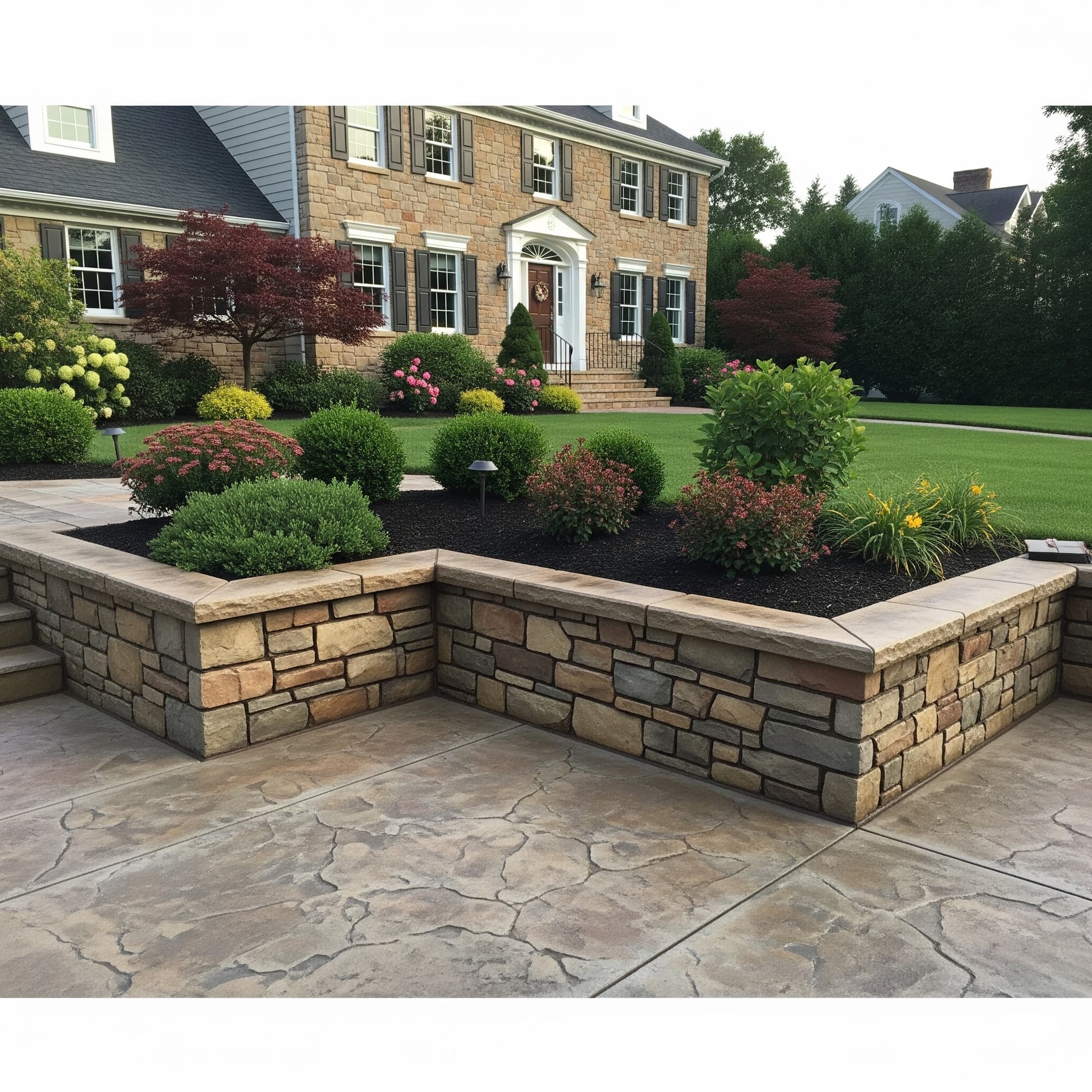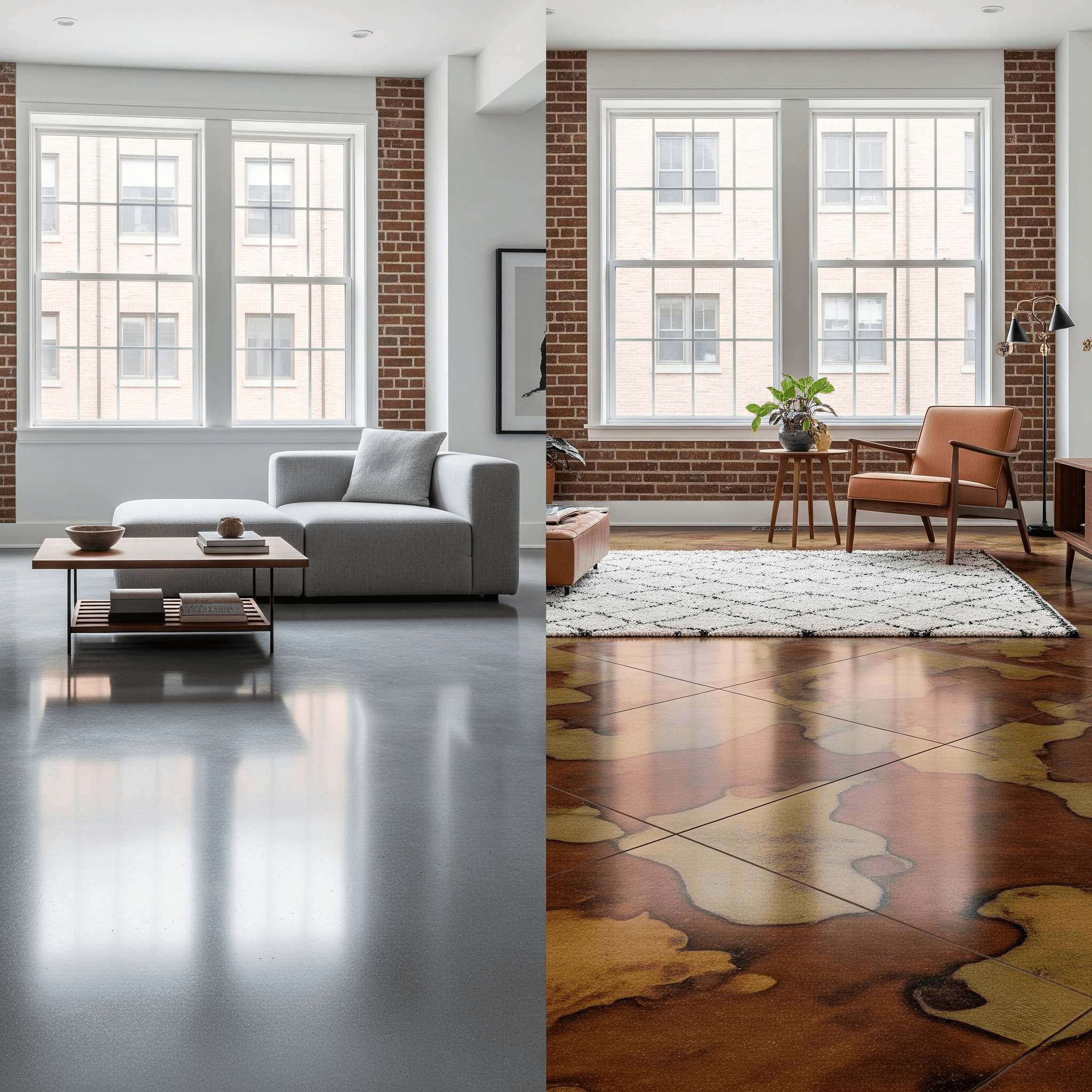
Cost Comparison: Resurfacing vs. Re-pouring in Bridgeport
Concrete Resurfacing
Deciding between concrete resurfacing and complete replacement represents a significant financial decision for Bridgeport homeowners. Whether your concrete surfaces are located near the waterfront areas around Steel Point or in established neighborhoods like East Bridgeport, understanding the cost implications of each option helps make informed decisions. With Connecticut’s challenging climate affecting concrete longevity, weighing the immediate costs against long-term value becomes crucial for properties throughout the region.
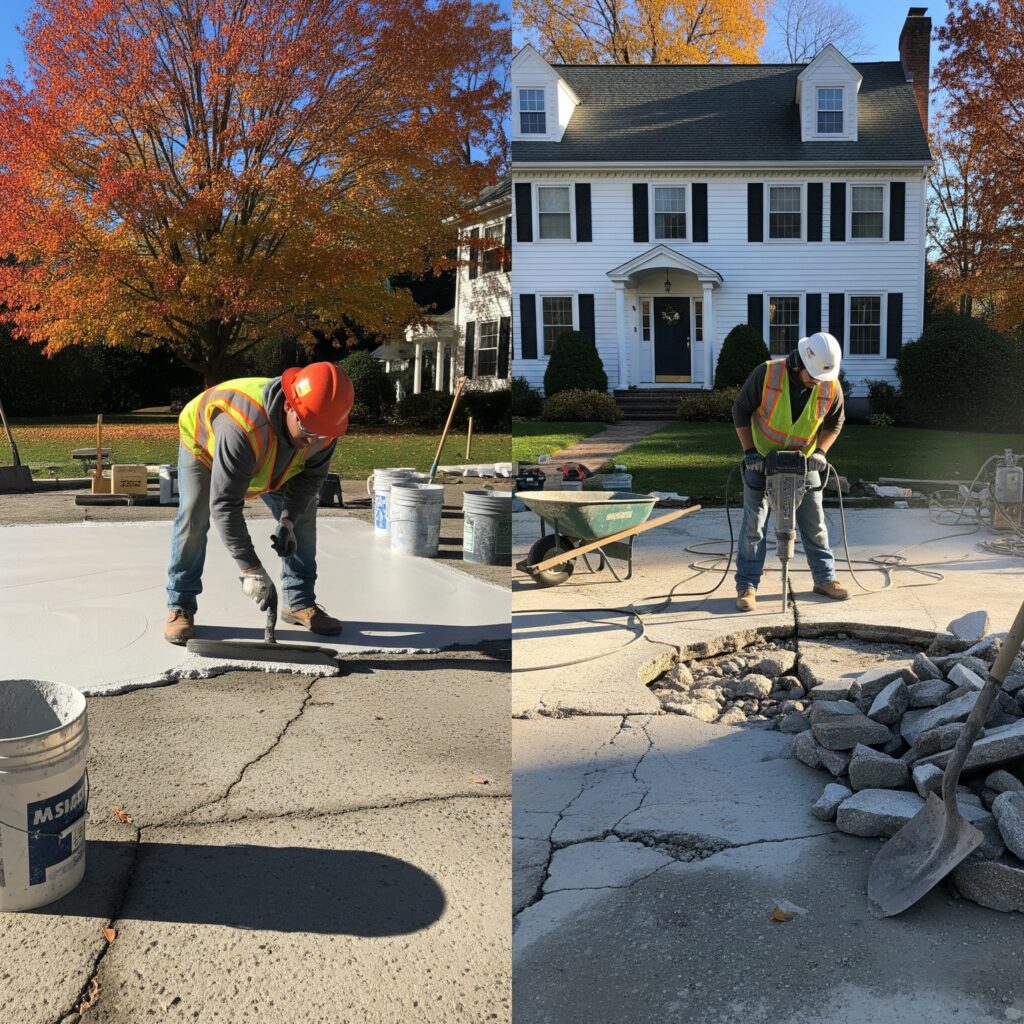
Understanding Concrete Resurfacing Costs
Concrete resurfacing in Connecticut typically costs $3 to $7 per square foot for basic applications, making it significantly more affordable than complete replacement. This process involves applying a thin overlay of polymer-modified concrete over existing surfaces, extending their lifespan by 10 to 20 years when properly maintained.
Basic Resurfacing Applications
Standard concrete resurfacing ranges from $3 to $5 per square foot for single-color applications without decorative elements. This includes surface preparation, bonding agent application, and basic overlay installation. Properties near areas like the University of Bridgeport campus or downtown districts can achieve significant aesthetic improvements at this price point while addressing minor surface damage.
Decorative Resurfacing Options
Decorative concrete overlays cost $6 to $10 per square foot and include colored stains, textures, and design elements. Stamped concrete overlays range from $7 to $20 per square foot, replicating natural stone, brick, or tile appearances. These options provide high-end aesthetics at substantially lower costs than complete replacement, particularly valuable for homes in prestigious areas like Captain’s Walk or Brooklawn.
Complete Concrete Replacement Costs
Re-pouring concrete involves significantly higher expenses due to demolition, removal, and new installation requirements. Total replacement costs in Connecticut range from $8 to $18 per square foot, including removal of existing concrete and installation of new slabs.
Demolition and Removal Expenses
Concrete removal costs $3 to $8 per square foot in Connecticut, depending on thickness, reinforcement, and accessibility. Disposal fees add $51 to $100 per ton, while permit requirements may increase total costs. Properties near areas like Marina Village or the Hollow neighborhood may face additional access challenges that increase removal expenses.
New Concrete Installation Costs
Fresh concrete installation ranges from $6 to $12 per square foot for standard applications, not including decorative finishes. Premium options like stamped or stained concrete increase costs to $8 to $25 per square foot. These prices include materials, labor, and basic finishing but exclude specialized features or complex site preparation requirements.
Factors Influencing the Decision Between Options
Several critical factors determine whether resurfacing or replacement offers better value for Bridgeport properties. Understanding these considerations helps homeowners make cost-effective choices that align with long-term goals.
Existing Concrete Condition Assessment
Surface-level issues like minor cracking, staining, or weathering typically qualify for resurfacing solutions. Properties experiencing significant settling, structural damage, or extensive cracking through the substrate require complete replacement. Professional evaluation helps determine which approach provides optimal results for specific conditions.
Structural Integrity Considerations
Concrete with structural issues, foundation problems, or extensive freeze-thaw damage necessitates replacement regardless of surface appearance. Areas near Long Island Sound face additional salt exposure that may compromise structural integrity, making a thorough assessment crucial before choosing repair approaches.
Long-Term Value Analysis
Comparing long-term value involves evaluating lifespan expectations, maintenance requirements, and total ownership costs over time. Both options offer distinct advantages depending on specific circumstances and property goals.
Resurfacing Lifespan and Maintenance
Quality concrete resurfacing lasts 8 to 15 years with proper maintenance, requiring periodic sealing every 3 to 5 years at $1 to $3 per square foot. Total maintenance costs remain relatively low, making resurfacing attractive for properties with limited budgets or temporary improvement needs. Homes near areas like Seaside Park benefit from this approach when the underlying concrete remains structurally sound.
Complete Replacement Longevity
New concrete installations typically last 25 to 50 years with appropriate maintenance, significantly exceeding resurfacing longevity. While initial costs are substantially higher, the extended lifespan often provides better value for permanent installations. Properties in developing areas like the South End may benefit from complete replacement when planning long-term improvements.
Cost Examples for Common Bridgeport Projects
Real-world cost comparisons help illustrate the financial differences between resurfacing and replacement for typical Connecticut residential projects.
Residential Driveway Comparison
For a standard 400-square-foot driveway, resurfacing costs approximately $1,200 to $2,800 for basic to decorative finishes. Complete replacement ranges from $3,200 to $7,200, including removal and new installation. The cost difference represents significant savings that may influence decisions for properties throughout neighborhoods like North Bridgeport or East Side areas.
Patio Project Cost Analysis
A 300-square-foot patio resurfacing project costs $900 to $3,000, depending on the decorative elements chosen. Full replacement costs $2,400 to $5,400, including demolition and new construction. Properties near cultural attractions like the Barnum Museum or the Discovery Museum can achieve substantial aesthetic improvements through either approach, with resurfacing offering immediate cost advantages.
Climate Considerations for Connecticut Properties
Bridgeport’s coastal climate significantly impacts the performance and longevity of both resurfacing and replacement options. Understanding these environmental factors helps optimize material selection and timing decisions.
Freeze-Thaw Cycle Impact
Connecticut experiences 90 to 100 freeze-thaw cycles annually, affecting both resurfaced and newly poured concrete. Quality overlays with proper bonding resist these cycles effectively, while new concrete benefits from optimal mix design and air entrainment. Properties throughout Bridgeport require materials specifically formulated for regional climate challenges.
Salt Air and Moisture Exposure
Coastal properties near areas like Pleasure Beach or waterfront districts face accelerated concrete deterioration from salt exposure. Both resurfacing and replacement require marine-grade materials and enhanced protection systems to achieve expected lifespans. Additional sealing and maintenance become critical for properties in these environments.
Budget Planning and Financing Considerations
Understanding financing options and budget planning strategies helps homeowners choose appropriate solutions that align with their financial capabilities and property improvement goals.
Immediate Budget Impact
Resurfacing requires substantially lower upfront investment, making it accessible for homeowners with limited improvement budgets. This approach allows for immediate aesthetic and functional improvements while preserving capital for other property enhancements. Properties in neighborhoods like West End or Reservoir Hill benefit from this cost-effective improvement strategy.
Long-Term Investment Strategy
Complete replacement represents a larger immediate investment but eliminates the need for major concrete work for decades. This approach suits homeowners planning long-term residence or seeking maximum property value enhancement. Properties in established areas like Black Rock or downtown districts may justify replacement costs through increased property values and reduced future maintenance.
Professional Assessment and Implementation
Making optimal decisions between resurfacing and replacement requires professional evaluation of existing conditions, site factors, and homeowner objectives. Expert guidance ensures appropriate material selection and installation methods.
Evaluation Process Requirements
Professional assessment includes concrete condition evaluation, structural analysis, and site accessibility review. Contractors examine substrate integrity, drainage patterns, and environmental factors affecting longevity. This comprehensive evaluation provides the foundation for cost-effective decision making.
Quality Installation Importance
Both resurfacing and replacement require skilled installation to achieve expected performance and longevity. Proper surface preparation, material selection, and application techniques determine success regardless of the chosen approach. Connecticut’s climate demands particular attention to curing procedures and protection systems.
Expert Guidance with Bridgeport Concrete Solutions
At Bridgeport Concrete Solutions, we provide comprehensive evaluations to help homeowners choose between resurfacing and replacement based on condition assessment, budget considerations, and long-term goals. Our experience with Connecticut’s coastal climate and local soil conditions ensures recommendations that optimize both immediate costs and long-term value. Whether your property requires cost-effective resurfacing to extend service life or complete replacement for permanent solutions, we deliver professional results that withstand Bridgeport’s challenging environmental conditions while meeting your financial objectives.
LATEST POSTS

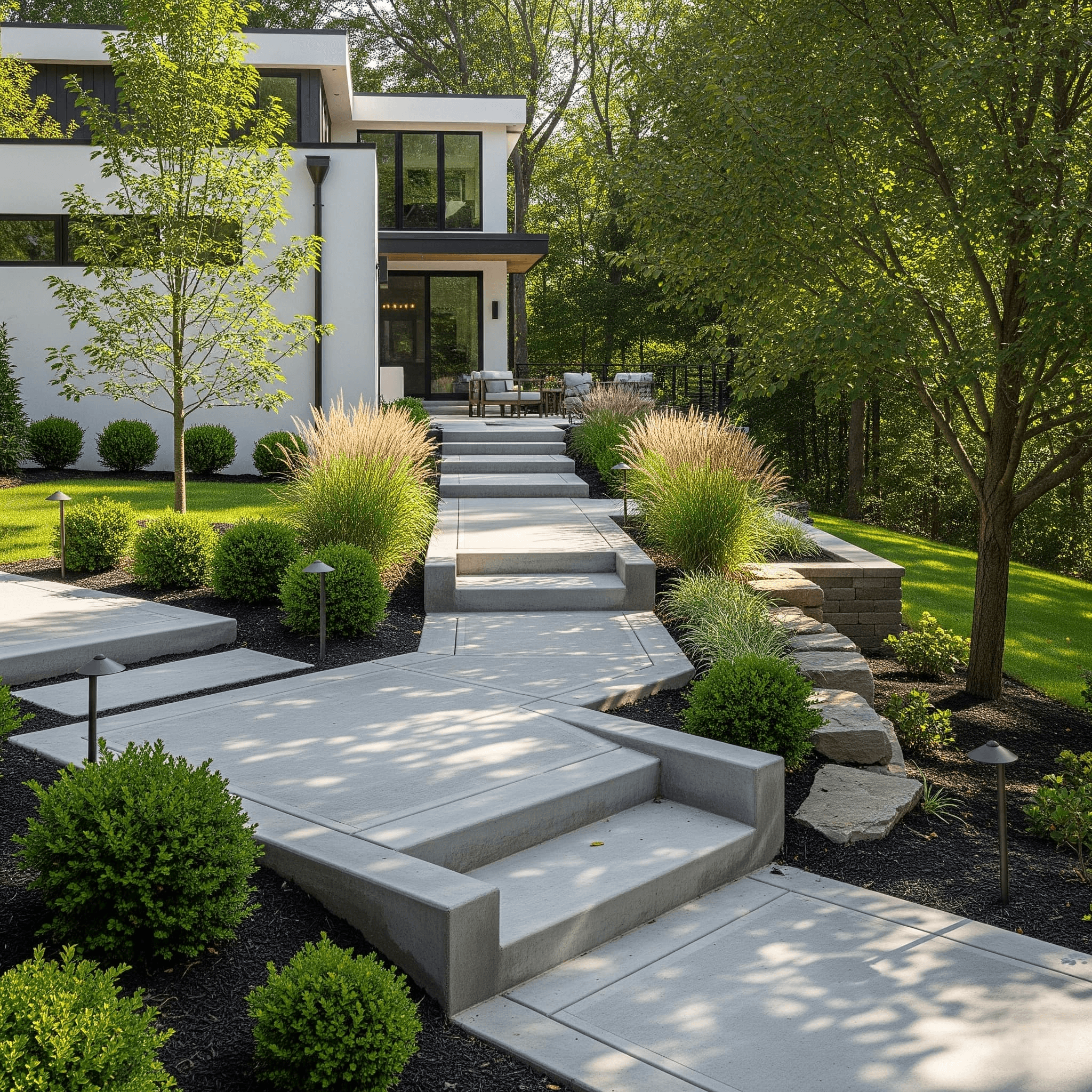
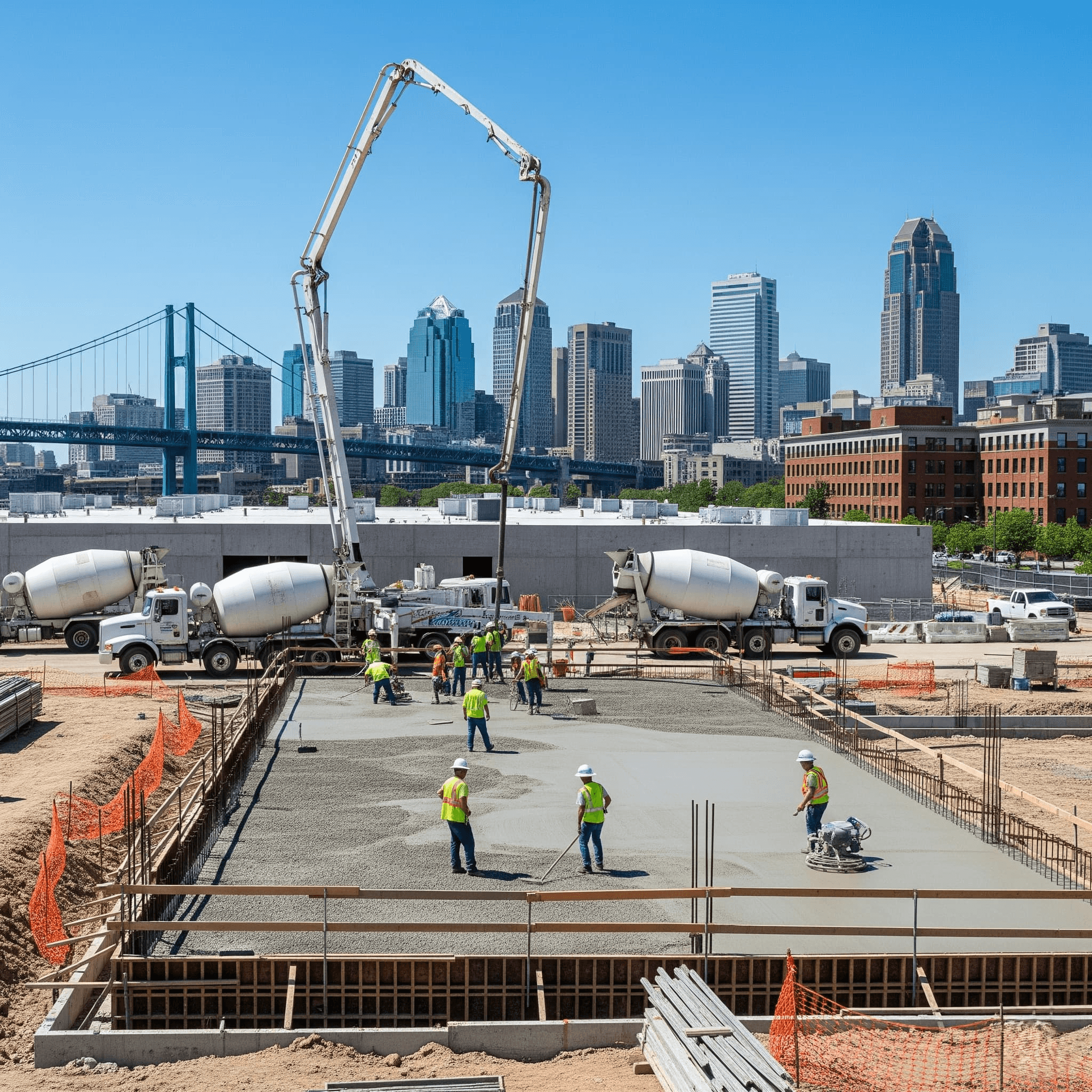
Eco-Friendly Commercial Concrete Materials Popular in Bridgeport
